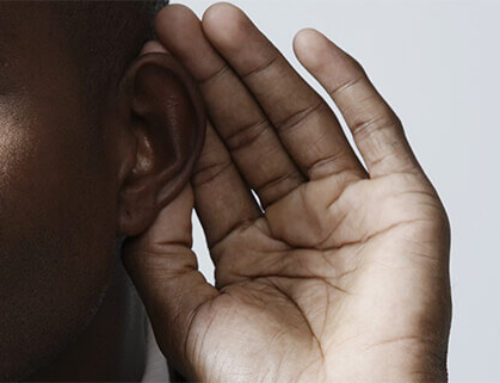1- Make it Explicit
Even native speakers, who actually use markers or key vocabulary, may not have consciously thought about these devices. Introducing some key markers and vocabulary is often welcome it makes explicit how to understand and manage conversations, which may have been something a mystery (such as why a friend reacts with anger at your student ignoring a raised “issue”). In addition, key terms such as “active listening” and “discourse marker” should be introduced and exemplified.
2- Model
For new concepts, such as active listening, a model is needed. This can be provided by traditional print example dialogues as well as film clips, and teacher modeling with volunteer students: e.g., the teacher might say, “Gina, tell me something of importance to you, and I’ll listen actively. The rest of the class, pay attention, and then let’s discuss what goes into active listening.”
3- Practice
This might be especially important in active listening, which few people, native or nonnative speakers, really know how to do, as we are used to either sitting quietly while a speaker finishes his speech (or diatribe, if he or she is angry), or interrupting, when we think he or she is wrong, or sitting and planning what we will say in response, etc. Active listening takes practice, but is worth it in terms of improved listening skills and relationships.
Teaching good listening skills is difficult as it is so difficult to define and exemplify, and few of us, even native speakers of English, really do it well.






